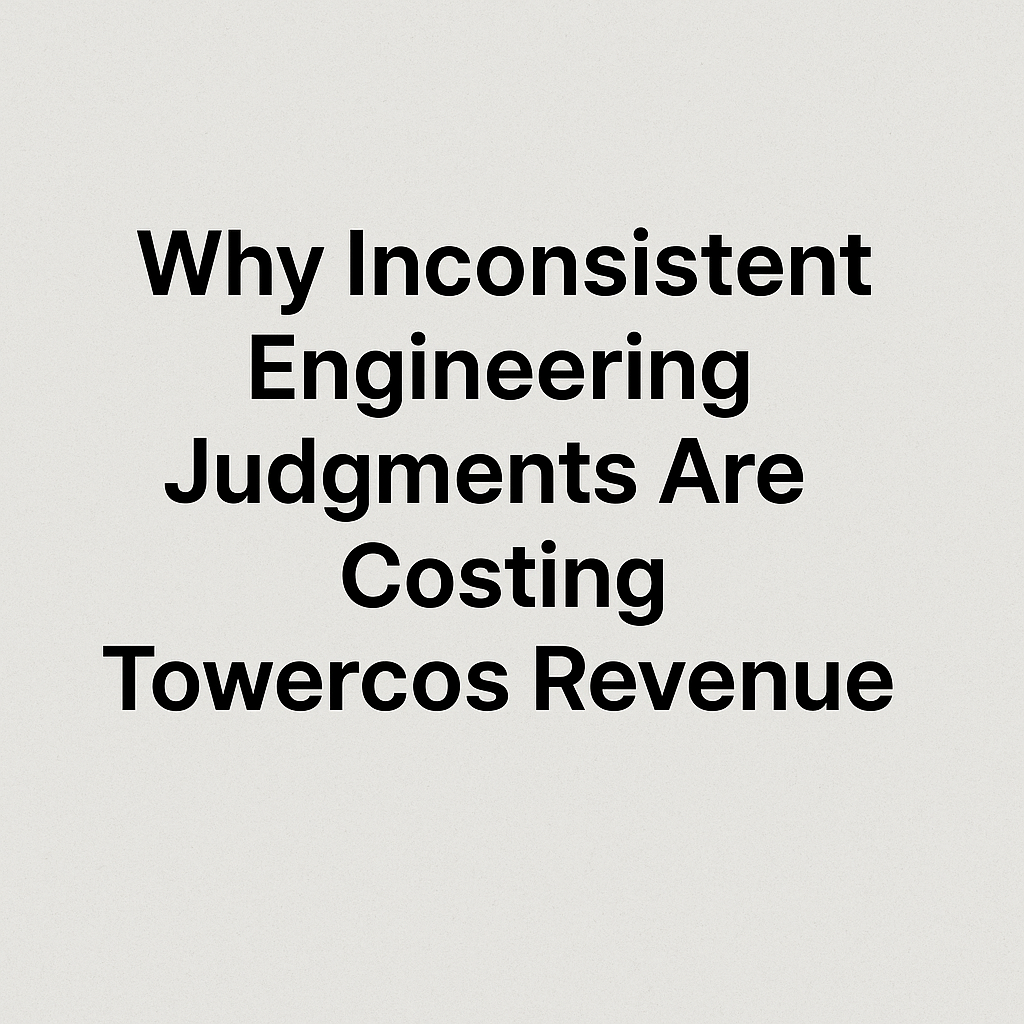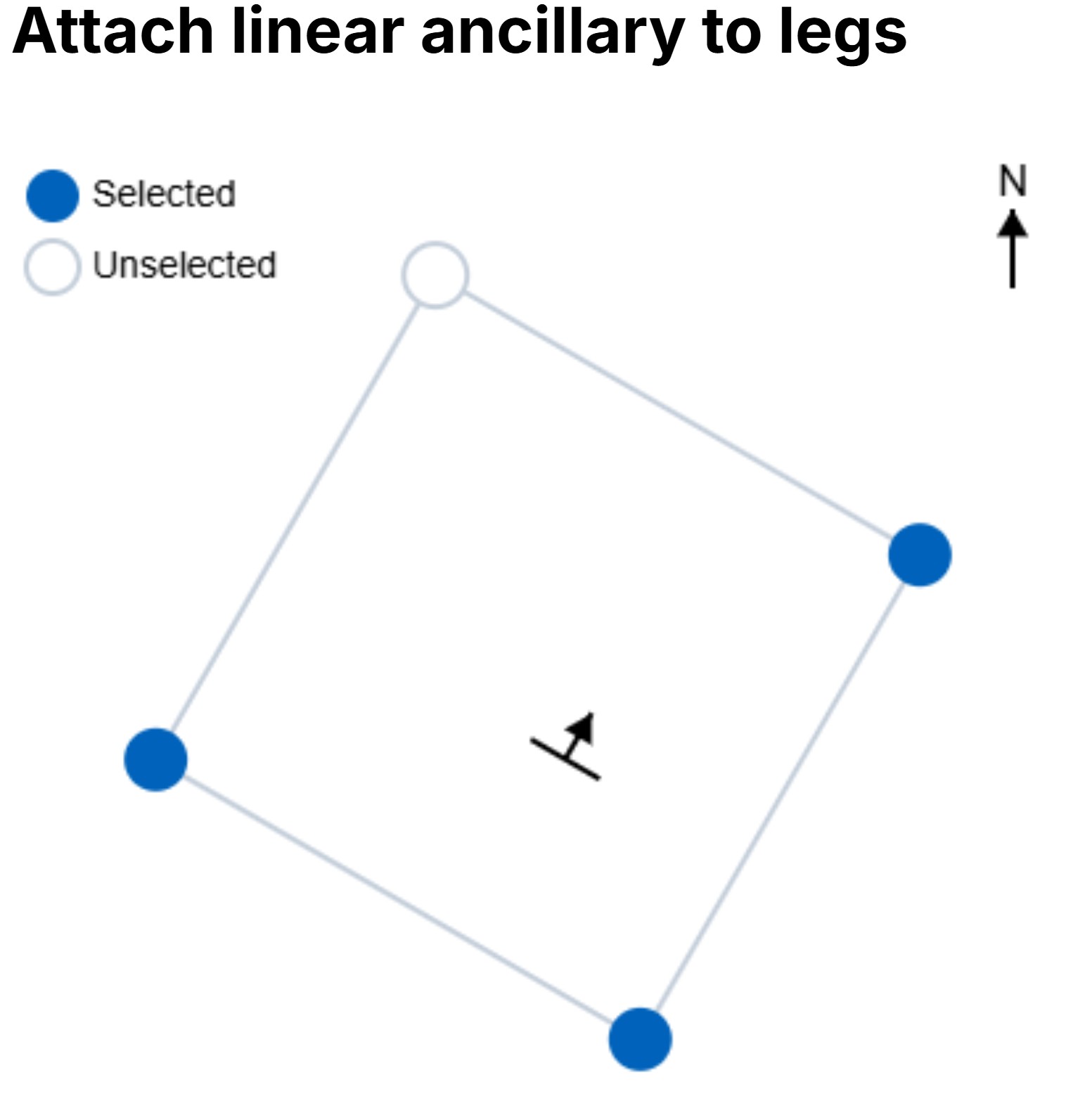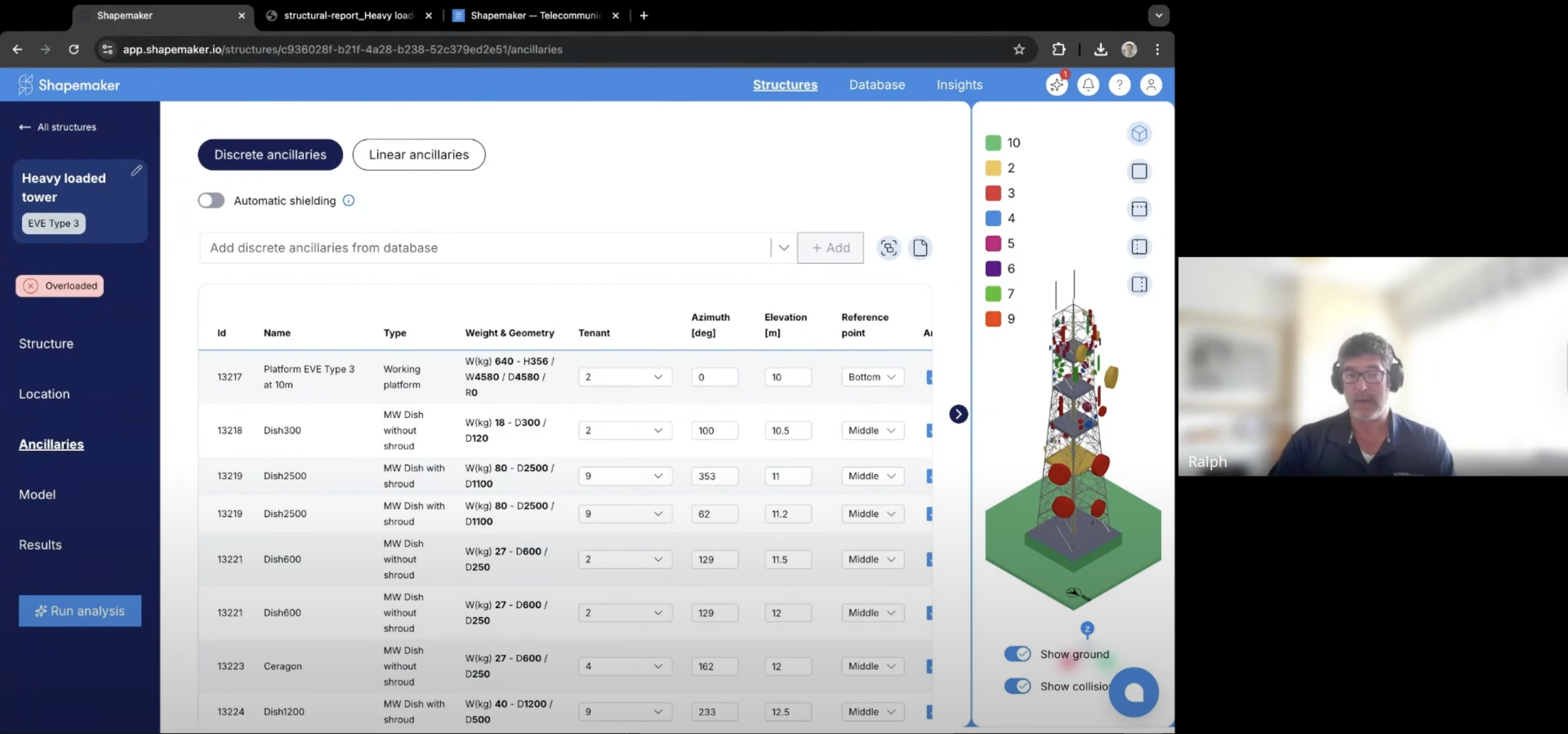Why Inconsistent Engineering Judgments Are Costing Towercos Revenue
Towercos rely on structural evaluations to make portfolio decisions: Can we co-locate another operator on this site? Do we need a reinforcement? How much 5G rollout can we support this quarter? But here’s the problem; the answer to those questions often depends on who you ask.
Even when everyone’s “following the Eurocode,” two different engineers can deliver two different results for the same tower. And in the tower infrastructure business, uncertainty can turn into missed revenue.
Engineering Isn’t Always Objective
It’s easy to assume structural analysis is a deterministic process; the same inputs produce the same outputs. But in reality, it’s filled with engineering decisions and assumptions that influence the result.
The Eurocode or TIA sets a framework, but it doesn’t prescribe how to perform every analysis step. This leaves more room for interpretation and more variance.
Here are just a few places where engineers may make different calls:
- Where ancillary forces are applied; the midpoint of the antenna vs the mount locations
- How shielding is handled; estimated, ignored, or calculated
- Terrain category and orography factor; based on judgment or automated from site data
- Which force coefficients are used; guessed, default, or derived from wind tunnel data
- Directionality factor and reliability class; assumed or specified
- Wind directions: checking all directions or just one
Each decision alone might only nudge the results. But together, they usually lead to a 5-10% variation in reported tower capacity. That’s the difference between a viable co-location and a blocked one.
That conservatism might be safe, but it is expensive. You’re likely underestimating capacity, especially when using wind load-only checks that ignore actual internal force interactions. And because Excel isn’t built for collaboration or transparency, it’s hard to scale these processes without creating bottlenecks.
The Cost Isn’t Just in Lost Capacity, It’s in Lost Predictability
This kind of variability makes portfolio-level planning difficult. Say one consultancy evaluates a tower and says it’s at 90% capacity. You assume another tenant can be added. But next time, a different consultant evaluates the same site and finds it’s actually at 95%. Now you’ve got a problem; the numbers no longer match your expectations, and your rollout plans may no longer hold.
Inconsistent results can ripple across your business:
- Rollout plans stall or change last minute
- Asset valuation becomes less reliable
- Forecasting reinforcement budgets becomes guesswork
- Internal reviews and approvals take longer
- Co-location teams lose confidence in what’s “available”
Why Towercos Are Moving Toward Standardisation
To address this, many towercos are moving toward standardising their structural workflows, and for good reason. Standardisation supports:
Financial Predictability
- Reduces variance in evaluations
- Enables more accurate forecasting and asset monetisation
Risk & Liability Management
- Limits subjectivity in critical assumptions
- Makes evaluations easier to defend
Quality Control & Transparency
- Easier to validate, audit, and track how decisions were made
- Encourages trust in engineering outcomes
Tool-Driven Enforcement
- Using fixed templates or software ensures uniform application of logic
- Makes the output less dependent on the individual doing the analysis
Standard Excel Workflows Come with Tradeoffs
A common approach is to provide consultants with a standard Excel sheet to evaluate co-locations. This helps enforce consistency, but at a cost.
Excel is not a finite element solver. It can’t model full force distributions, load combinations, or the internal behaviour of the tower structure. Instead, these templates often rely on rough proxies, like comparing total wind loads or evaluating the effective projected area (EPA) of the tower. While these shortcuts help simplify the process, they are inherently conservative and imprecise.
Shapemaker: Consistency Without Compromising
Shapemaker offers an alternative: standardised results, with realistic modelling.
- Automatically calculates site-specific parameters like terrain category, orography factor, and wind speed
- Computes shielding for every ancillary in every direction using an industry-recognised method
- Let's engineers overwrite values where judgment adds value (e.g., adjusting shielding assumptions, terrain categories or reliability class)
- Applies consistent Eurocode logic across all towers, users, and consultancies
- Fully models forces in the structure, not just proxy comparisons
The result?
- More colocations unlocked
- Consistent answers across engineering teams
- Greater confidence in planning
- Engineering teams are freed up to focus on bespoke structures
Final Thoughts: Consistency Is Your Competitive Edge
Running a tower portfolio means making decisions at scale. And scale requires consistency. Not just in contracts or operations, but in the engineering that underpins your commercial model.
Shapemaker helps you get there by taking the guesswork out of structural analysis and giving you results you can trust, no matter who runs the numbers.
Want to see how consistent structural analysis could improve your portfolio strategy?
Get in touch at hello@shapemaker.io.

.jpg)



